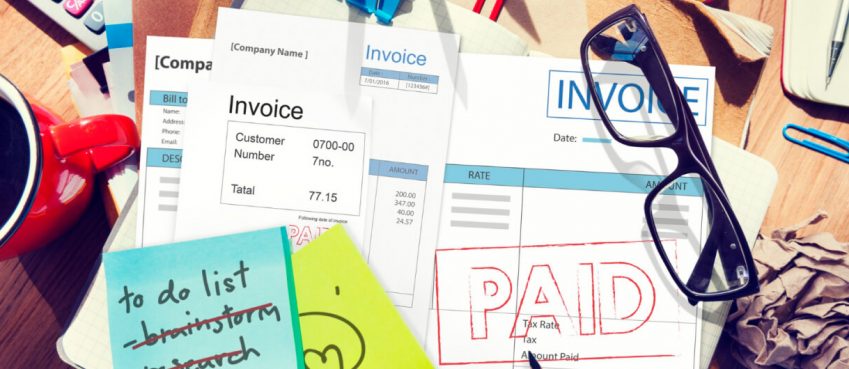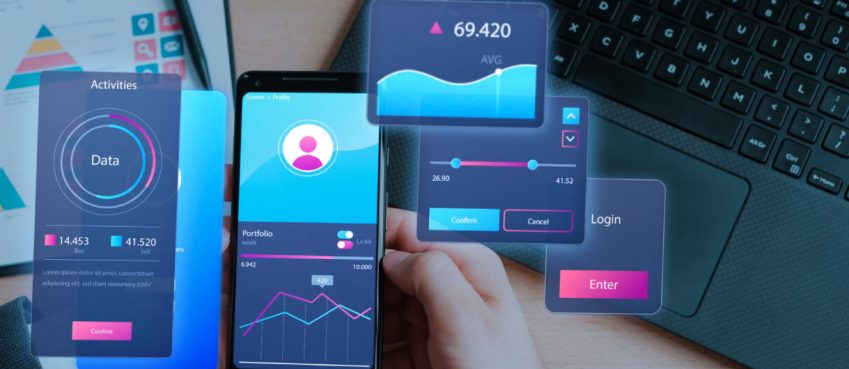
Not all balance sheet templates are created equal. Some look insanely overwhelming and complex, while others are a lot easier to the eyes and more intuitive to use.
Of course, you’re better off using the latter.
That’s why in this guide, we’ll look into the five essential elements of a reliable balance sheet template, so you can find the perfect template to handle funding and general finances.
Balance Sheet: A Quick Overview
A balance sheet is a fundamental financial statement that provides a useful and true view of your business entity’s financial position. It shows the assets, liabilities, and owner’s equity at a specific point in time. Essentially, a balance sheet is a financial statement that calculates your business’s worth (equity) by deducting your business entity’s owed amount (liabilities) from your owned amount (assets).
For some types of companies, balance sheets are used for maintaining compliant accounting records, especially annual reports, but that’s not all. In situations where someone is considering buying your company, as part of the due diligence process, the balance sheet provides the basis for rates of return calculations for potential investors, including evaluating a company’s capital structure.
Balance sheets are also often used with other crucial financial statements to calculate financial ratios, perform fundamental analysis and apply for some types of loans.
While there are many formats you can use to create a balance sheet, many bookkeepers and financial analysts find it easier and more comfortable to simply use an existing template and customize it. Downloading a balance sheet template allows you to use a format you can follow and modify according to your business financial reporting needs, with all of the necessary formulas already built-in.
Vital Components of a Handy Balance Sheet Template
While balance sheet templates can vary in some features and components, it’s a good idea to choose a template that has the following elements.
1. Standard Format
From top to bottom, a workable balance sheet needs to include a header, asset, liabilities, and shareholder’s equity. From left to right, the template has description line items and a column with the ending balances in the account aggregations, as noted by each line item of the description.
Standard accounting conventions can display balance sheets in the report form (vertical presentation) or the account form (horizontal presentation). Most balance sheet templates follow either of the two formats, and they usually position the various entries into these sections:
- Assets, divided into current and non-current assets
- Liabilities, categorized into current liabilities and non-current liabilities
- Shareholders’ equity
Your most liquid assets, such as inventory and cash, are placed first at the top of the balance sheet. The least liquid assets, such as land, buildings, and machinery, are recorded at the bottom part of the template.
Short-term liabilities, including advances, short-term loans, and creditors are often recorded at the top. On the other hand, long-term liabilities are on the bottom. If a template is worthwhile, you should be able to fill it out easily and tweak the formatting accordingly.
Also read: The Five Best Free Cattle Record Keeping Apps & Software For Farmers/Ranchers/Cattle Owners2. Header Block
Balance sheet templates include pre-configured header blocks you can fill in and modify easily.
The standard balance sheet template header often has spaces set aside for filling in the following:
- The legal name of the reporting entity
- The report designation or balance sheet identification
- The “as of” date indicating the specific reporting period of the assets, liabilities, and shareholder’s equity
3. Assets Block
Reliable balance sheet templates provide an assets block to record your current or short-term and non-current (long-term) assets.
The number and description of the line items in a standard template’s assets block can include (but are not limited to) the following:
- Cash (and Cash Equivalents). This refers to the amount of cash in your company’s checking and other bank accounts. It also includes assets readily convertible to cash.
- Accounts Receivable. The accounts receivable (AR) line item can include the trade receivables and other receivables’ ending balances. It is usually netted against an allowance for bad debts.
- Investments. This line item consists of investment instruments your company purchased. The investment can either be stated at their fair value or historical cost depending on the situation.
- Inventory. The inventory is the amount invested in work-in-process, raw materials, and finished goods. It can be netted against your reserve for obsolete inventory.
- Prepaid Expenses. This can contain multiple items paid in advance of their time of consumption, such as prepaid advertising and rent. As such, prepaid expenses are considered assets.
- Fixed Assets. This line item is the amount your company invested in fixed assets, netted against accumulated depreciation. Fixed assets can include office equipment, buildings, software, machinery, and vehicles.
- Other Assets. The line item is a catch-all that includes any remaining recognized business assets
4. Liabilities Block
Another main element that should be in a helpful balance sheet template is the liabilities block.
The block is where you record your current or short-term and non-current or long-term liabilities in the template, including the following line items.
- Accounts Payable (AP). The AP refers to the amount of all invoices received from your suppliers for services performed or goods received that have not been paid yet.
- Accrued Wages. The accrued wages are the recognized amount of compensation earned by your employees but have not been paid to them yet.
- Accrued Expenses. This is the recognized amount of liabilities your company has not received invoices from suppliers for yet.
- Unearned Revenue. The line item is the number of customer payments made to your company that you haven’t earned yet via a performance condition.
- Loans Payable. This refers to the remaining amount of any loan principal your company has yet to pay to lenders.
- Income Taxes are Payable. This is all the income tax amount that your business entity owes to the applicable governments according to your taxable income.
- Other Payables. As the description of the line item indicates, other payables are a catch-all line item that includes any of your company’s remaining recognized liabilities.
5. Shareholders’ Equity Block
A balance sheet template wouldn’t be complete without the shareholders’ or owners’ equity block. It consists of the amount invested by stakeholders in your business entity.
The shareholders’ equity block in your balance sheet template can include these line items.
- Retained Earnings. This refers to the accumulated amount of losses and profits your company accumulates over time, reduced by dividends paid to your investors.
- Common Stock. The common stock is the value investors pay to your company when they acquire shares from your business.
- Treasury Stock. This is the number of funds your business pays out to buy back shares from your investors. It will show as a negative balance.
- Additional Paid-in Capital. This refers to the excess amount investors pay over par value when buying shares from your company.
Leverage a Reliable Balance Sheet Template
A useful template lays out the necessary elements, formatting, etc., to help simplify preparing your balance sheet. The number and description of line items can vary substantially across templates depending on the nature of your business.
The key is to understand the non-negotiable components of standard templates to create your balance sheets seamlessly and help streamline your business financial reporting process.
Top 10 News
-
01
Top 10 Deep Learning Multimodal Models & Their Uses
Tuesday August 12, 2025
-
02
10 Google AI Mode Facts That Every SEOs Should Know (And Wha...
Friday July 4, 2025
-
03
Top 10 visionOS 26 Features & Announcement (With Video)
Thursday June 12, 2025
-
04
Top 10 Veo 3 AI Video Generators in 2025 (Compared & Te...
Tuesday June 10, 2025
-
05
Top 10 AI GPUs That Can Increase Work Productivity By 30% (W...
Wednesday May 28, 2025
-
06
[10 BEST] AI Influencer Generator Apps Trending Right Now
Monday March 17, 2025
-
07
The 10 Best Companies Providing Electric Fencing For Busines...
Tuesday March 11, 2025
-
08
Top 10 Social Security Fairness Act Benefits In 2025
Wednesday March 5, 2025
-
09
Top 10 AI Infrastructure Companies In The World
Tuesday February 11, 2025
-
10
What Are Top 10 Blood Thinners To Minimize Heart Disease?
Wednesday January 22, 2025







